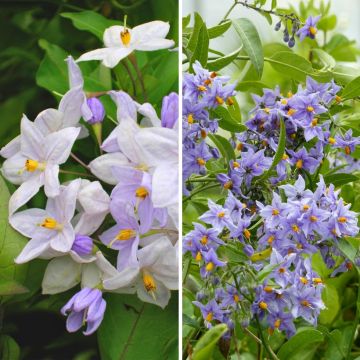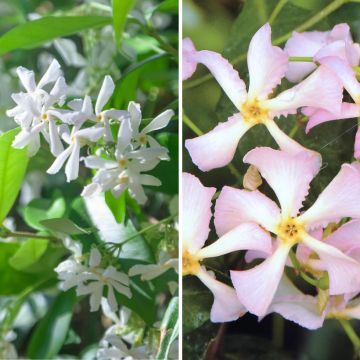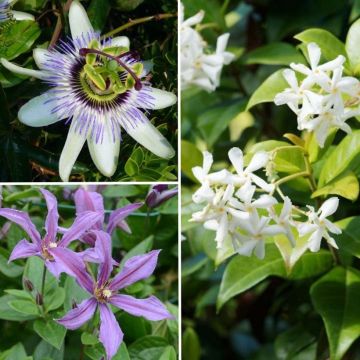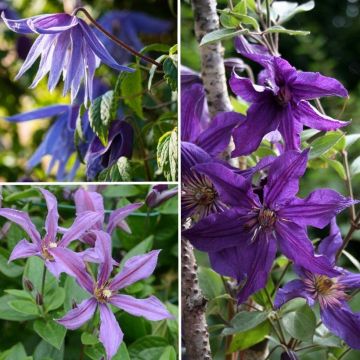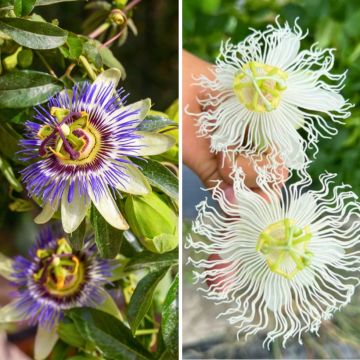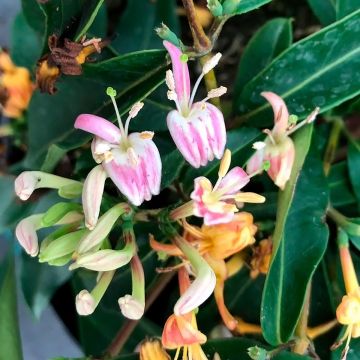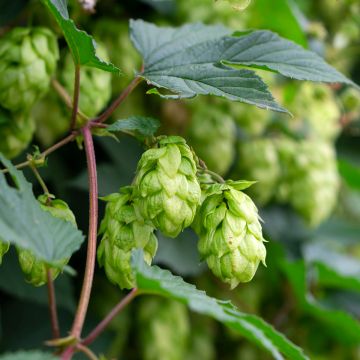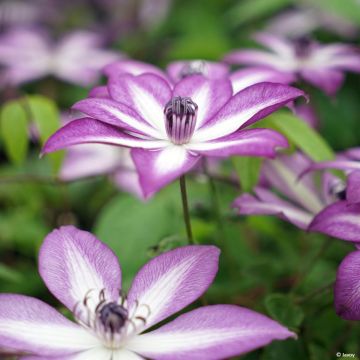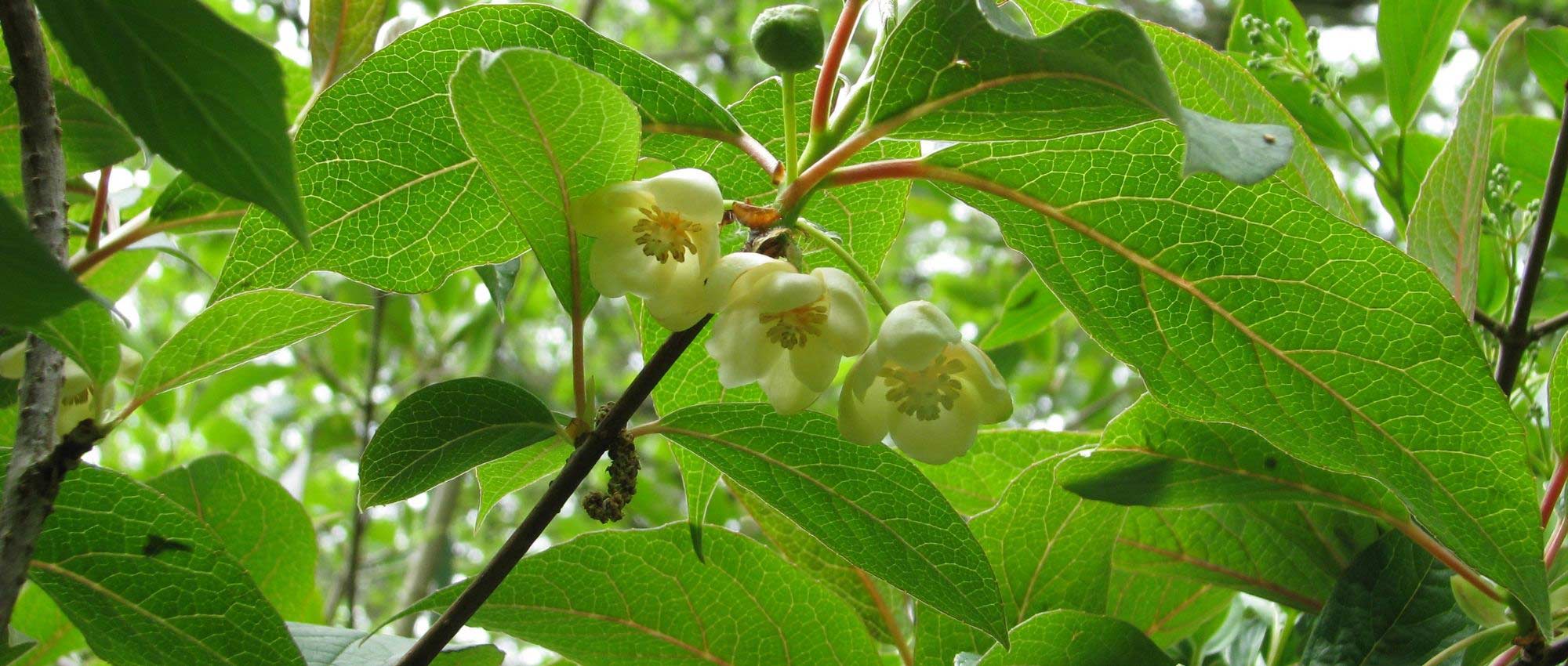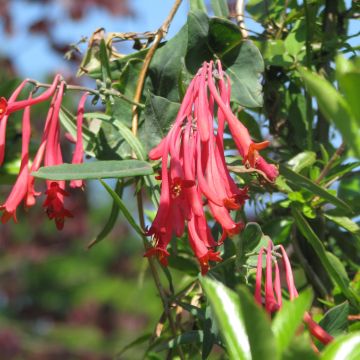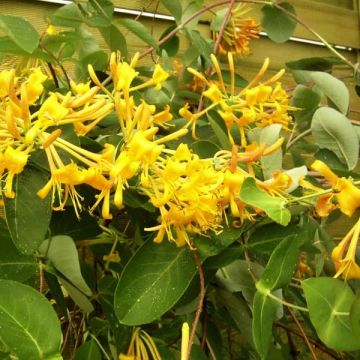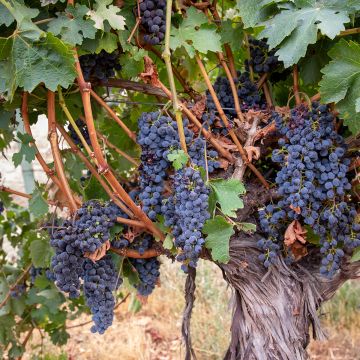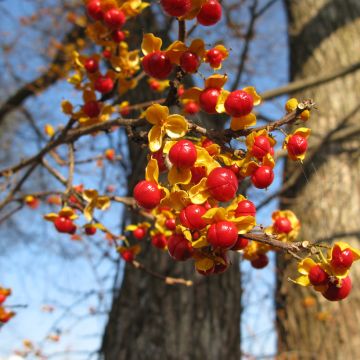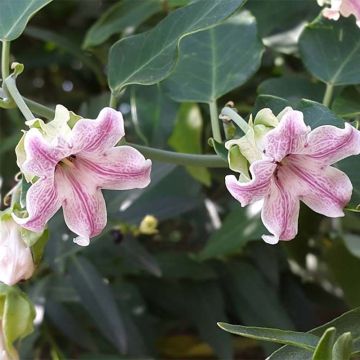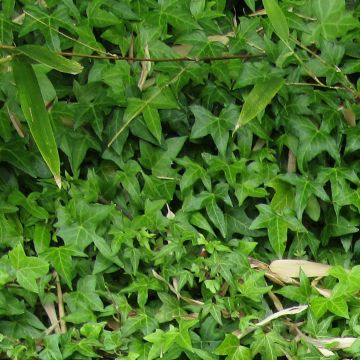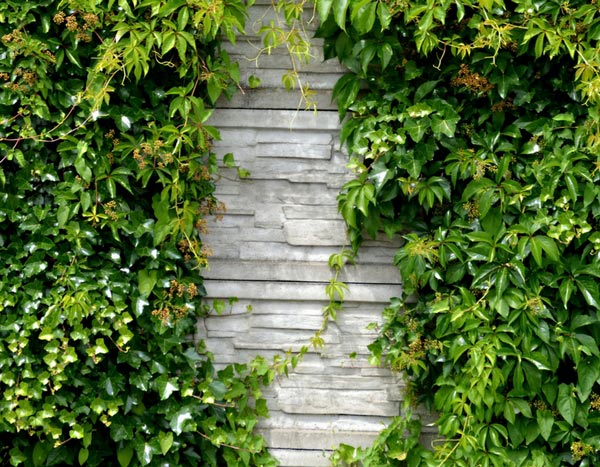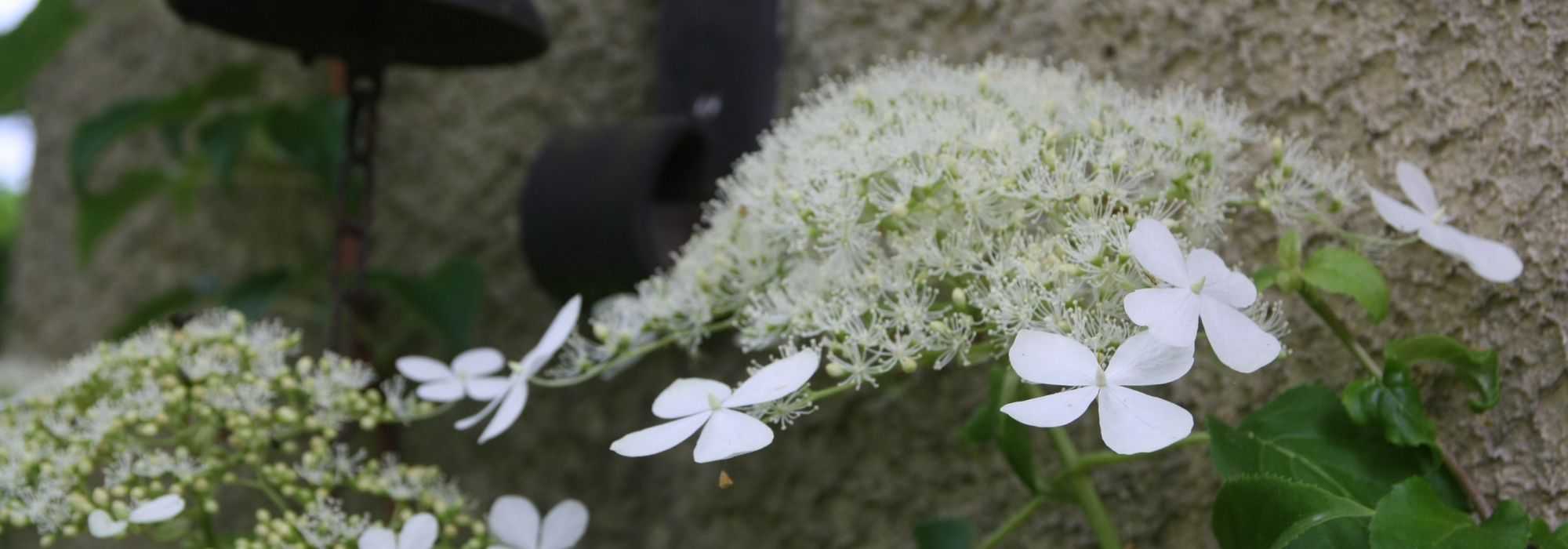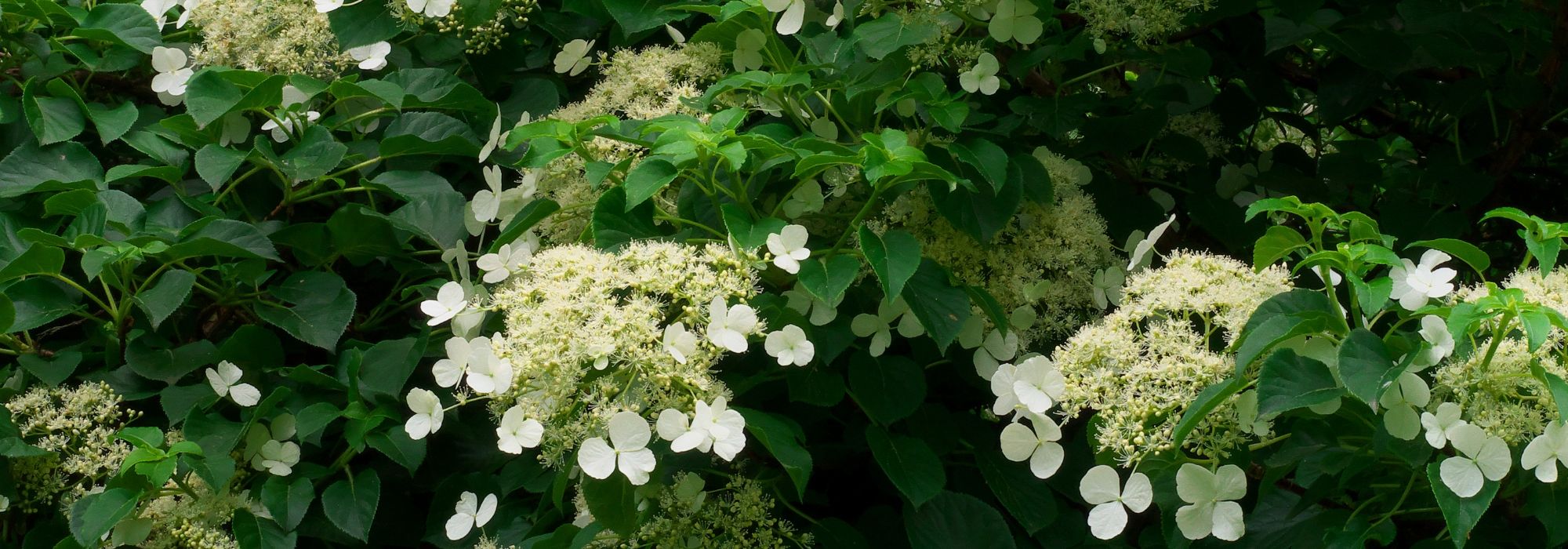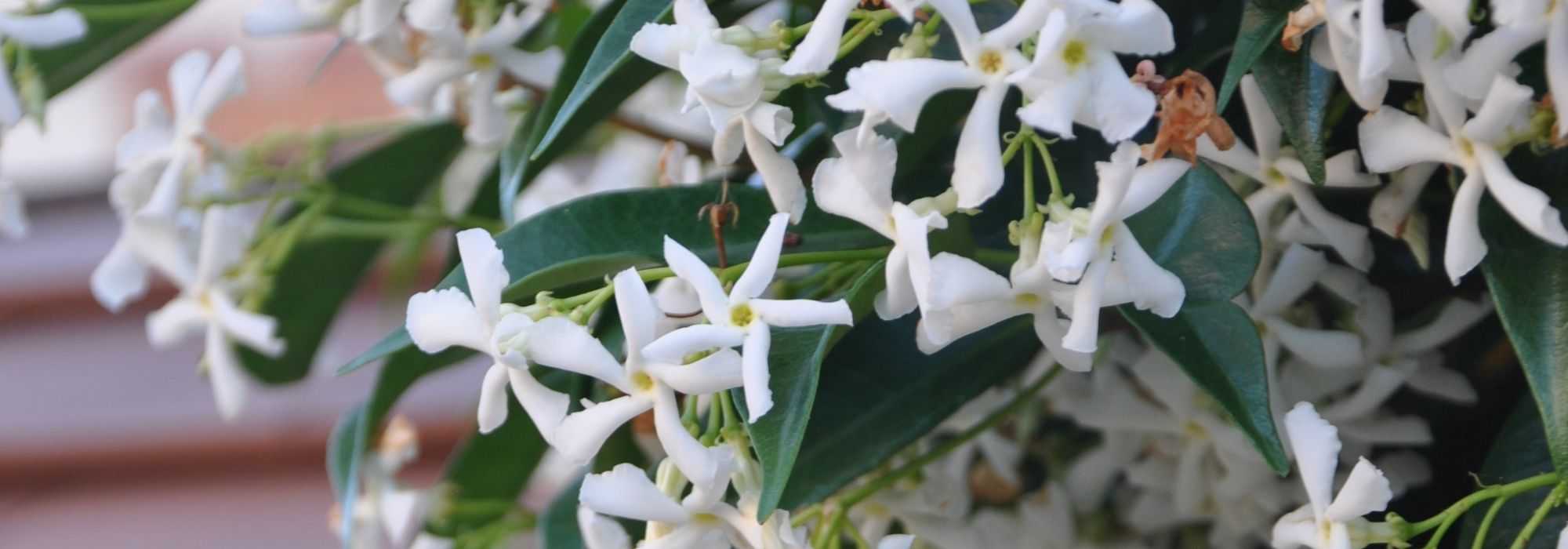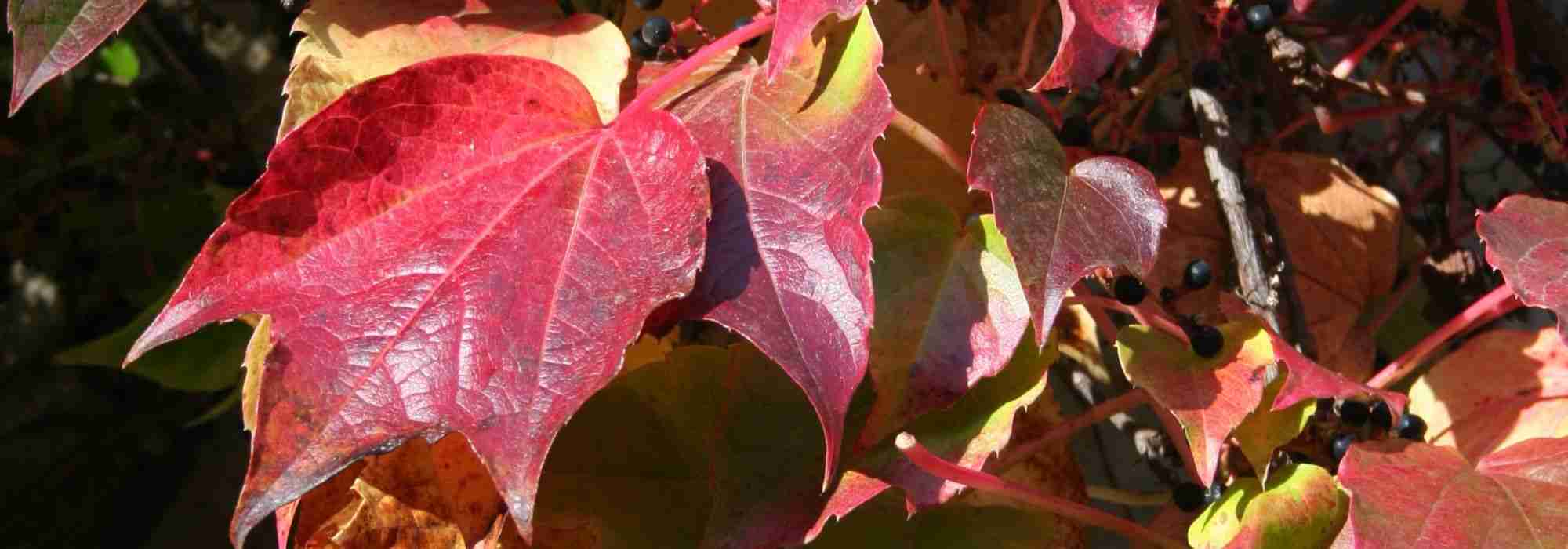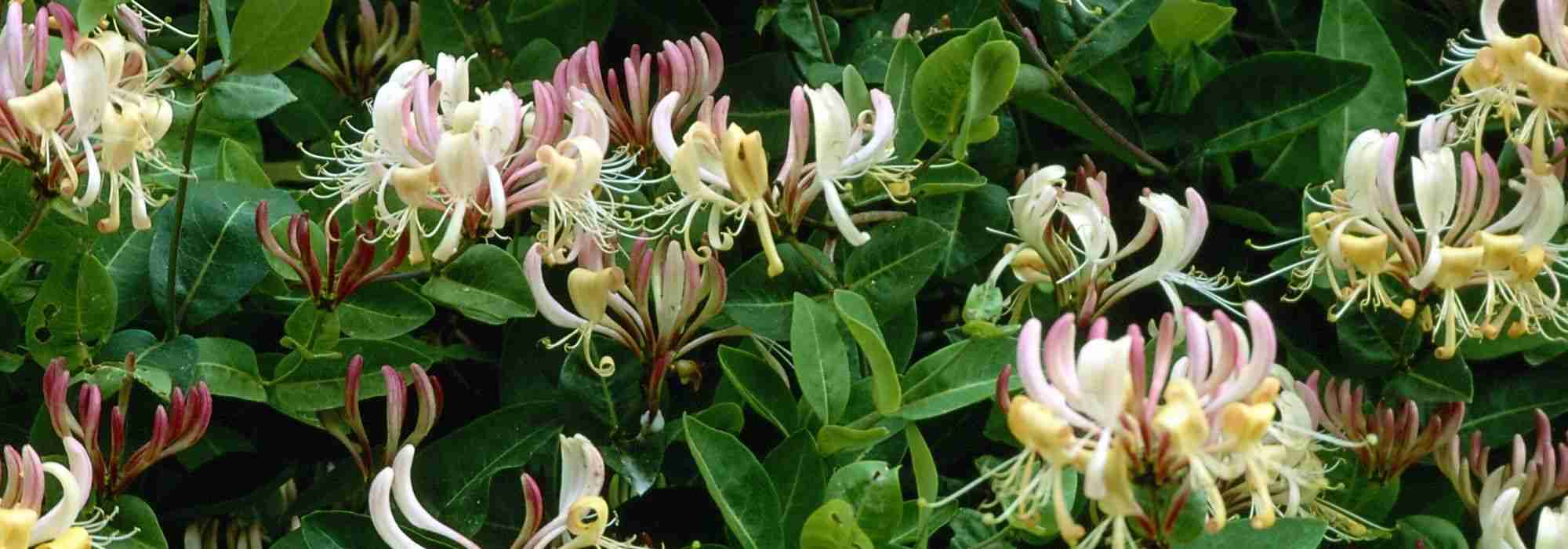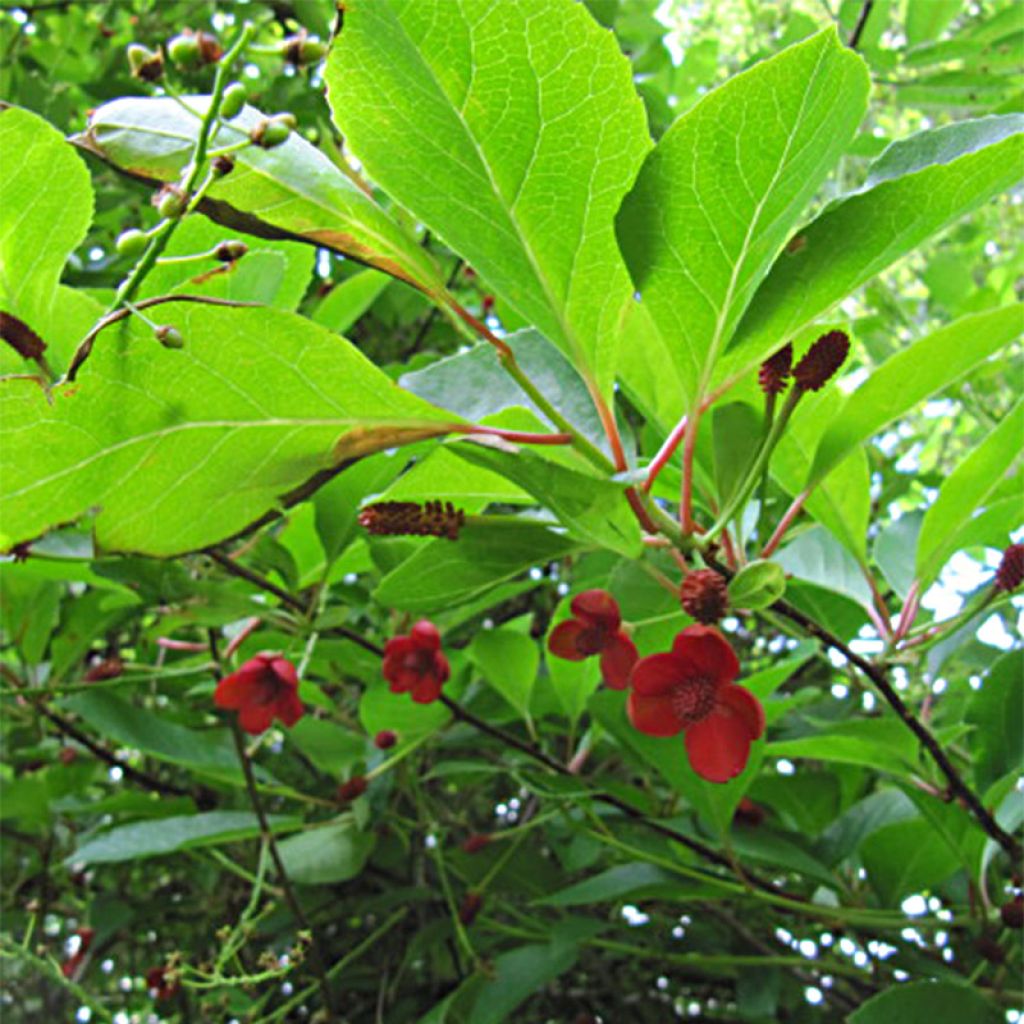

Schisandra chinensis - Baie aux 5 saveurs
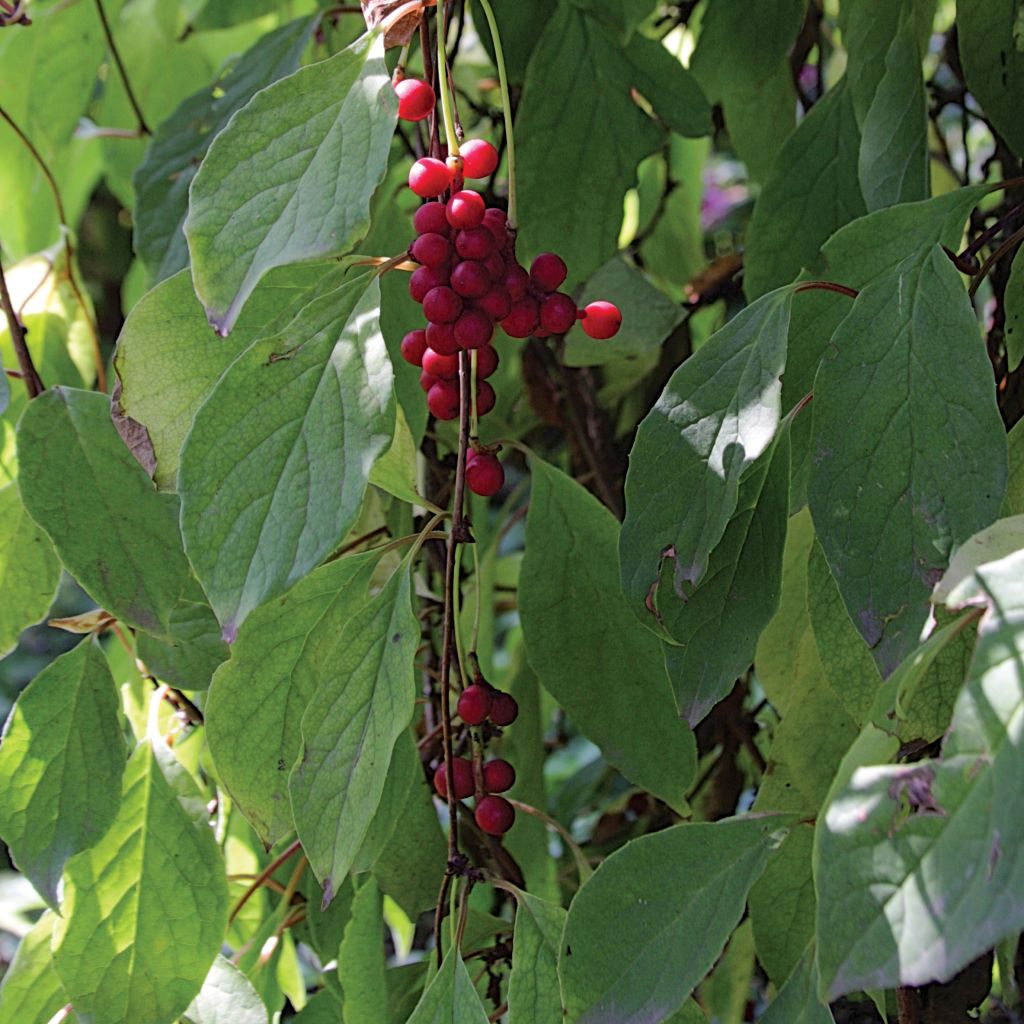

Schisandra chinensis - Baie aux 5 saveurs
Schisandra chinensis
Schisandra chinensis
Chinese magnolia vine, five-flavour-fruit
Hello How do you go about ordering a male plant and a female plant? Thank you for your help
Laurent, 06/11/2022
Special offer!
Receive a €20 voucher for any order over €90 (excluding delivery costs, credit notes, and plastic-free options)!
1- Add your favorite plants to your cart.
2- Once you have reached €90, confirm your order (you can even choose the delivery date!).
3- As soon as your order is shipped, you will receive an email containing your voucher code, valid for 3 months (90 days).
Your voucher is unique and can only be used once, for any order with a minimum value of €20, excluding delivery costs.
Can be combined with other current offers, non-divisible and non-refundable.
Why not try an alternative variety in stock?
View all →This plant carries a 6 months recovery warranty
More information
We guarantee the quality of our plants for a full growing cycle, and will replace at our expense any plant that fails to recover under normal climatic and planting conditions.

Description
The Schisandra chinensis is a vine native to eastern China where it is widely used in traditional medicine. Its fruits, called 5-Flavour Berries, are dried and powdered. They are simultaneously salty, sweet, sour, spicy, and bitter, which gives them their name. The use of the plant for medical purposes is only recommended with medical advice. The fruit is harvested from August to October.
Originating from Eastern China, Mongolia, and Korea, the Schisandra chinensis is a hardy and decorative vine. Traditionally used for its aphrodisiac properties, it is just as appreciated as Ginseng. For centuries, Chinese people consumed them before their wedding night. The Schisandra chinensis is a dioecious (sometimes monoecious) vine, producing either female flowers or male flowers. To bear fruit and produce berries, the plant needs two individuals of different sexes.
The berries grow in fairly loose clusters. They are red and measure about 6 mm (<1in) in diameter. They contain up to 17 amino acids and a high concentration of vitamins, including A, B, C, and E, trace elements, proteins, and essential oils. The harvest takes place from August to September. These berries should not be consumed by pregnant women. Furthermore, regular consumption in small doses will have no problematic side effects. In China, the berries are dried and powdered to become Wu Wei Zi, literally the "5-Flavor Berry". You can make a herbal tea with them: boil 1 teaspoon of dried berries per cup for 20 minutes. Strain, add sugar to taste. Enjoy.
The Schisandra chinensis can withstand temperatures down to -23°C (-9.4°F) and can reach a height of up to 10 m (33ft). It must be trained to climb, like a vine. It adapts perfectly to pergolas, trellises, and adorns walls. It naturally wraps around trees. The leaves are ovate to elliptical, and the white flowers are in unisexual clusters. You will need one male plant and one female plant to obtain fruits.
Schisandra chinensis in pictures
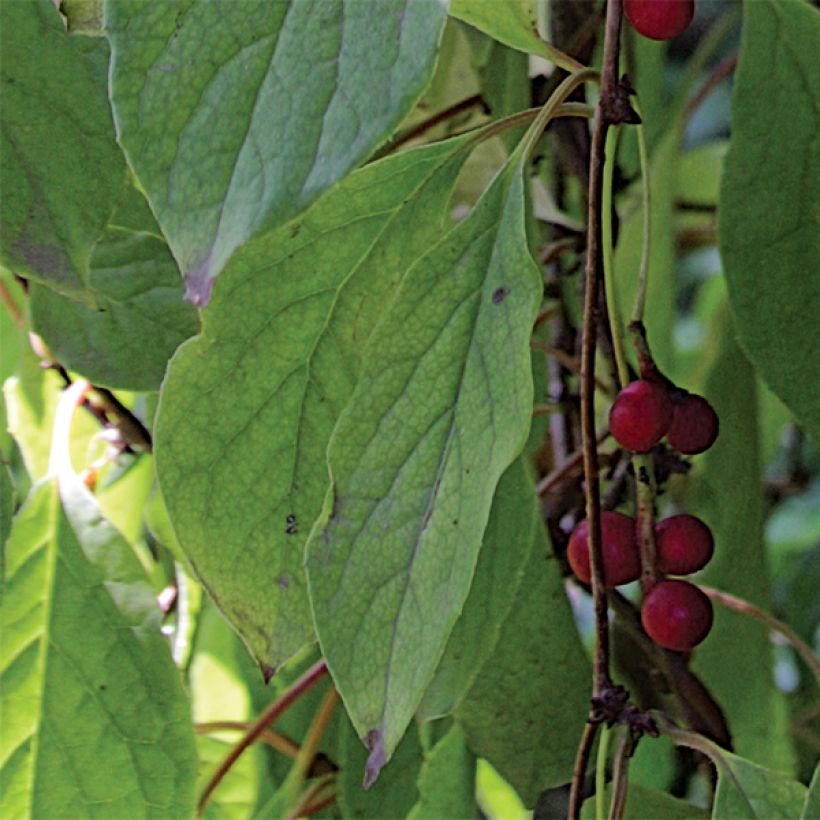



Plant habit
Fruit
Flowering
Foliage
Botanical data
Schisandra
chinensis
Schisandraceae
Chinese magnolia vine, five-flavour-fruit
Southeast Asia
Other Climbers A to Z
View all →Planting and care
The Schisandra Chinensis prefers moist soils and a sunny to semi-shaded exposure. It needs sunlight to bear fruit. The soil should be loamy-sandy or loamy-gravelly and relatively rich. This vine can tolerate temperatures down to -23°C (-9.4°F). The base should be mulched every year.
Planting: Dig a hole twice as big as the root ball. Scratch the root ball with a slightly sharp tool to loosen the roots and promote growth. Place the bush in the hole without burying it too deep. Water well to compact the soil and remove air around the roots. Ensure that the plant doesn't lack water during the first year after planting. Similarly, in the first year, only keep the vigorous stems. Organic fertiliser is beneficial at the start of growth. Train the vine as it grows.
Planting period
Intended location
Care
Planting & care advice
-
, onOrder confirmed
Reply from on Promesse de fleurs
Haven't found what you were looking for?
Hardiness is the lowest winter temperature a plant can endure without suffering serious damage or even dying. However, hardiness is affected by location (a sheltered area, such as a patio), protection (winter cover) and soil type (hardiness is improved by well-drained soil).

Photo Sharing Terms & Conditions
In order to encourage gardeners to interact and share their experiences, Promesse de fleurs offers various media enabling content to be uploaded onto its Site - in particular via the ‘Photo sharing’ module.
The User agrees to refrain from:
- Posting any content that is illegal, prejudicial, insulting, racist, inciteful to hatred, revisionist, contrary to public decency, that infringes on privacy or on the privacy rights of third parties, in particular the publicity rights of persons and goods, intellectual property rights, or the right to privacy.
- Submitting content on behalf of a third party;
- Impersonate the identity of a third party and/or publish any personal information about a third party;
In general, the User undertakes to refrain from any unethical behaviour.
All Content (in particular text, comments, files, images, photos, videos, creative works, etc.), which may be subject to property or intellectual property rights, image or other private rights, shall remain the property of the User, subject to the limited rights granted by the terms of the licence granted by Promesse de fleurs as stated below. Users are at liberty to publish or not to publish such Content on the Site, notably via the ‘Photo Sharing’ facility, and accept that this Content shall be made public and freely accessible, notably on the Internet.
Users further acknowledge, undertake to have ,and guarantee that they hold all necessary rights and permissions to publish such material on the Site, in particular with regard to the legislation in force pertaining to any privacy, property, intellectual property, image, or contractual rights, or rights of any other nature. By publishing such Content on the Site, Users acknowledge accepting full liability as publishers of the Content within the meaning of the law, and grant Promesse de fleurs, free of charge, an inclusive, worldwide licence for the said Content for the entire duration of its publication, including all reproduction, representation, up/downloading, displaying, performing, transmission, and storage rights.
Users also grant permission for their name to be linked to the Content and accept that this link may not always be made available.
By engaging in posting material, Users consent to their Content becoming automatically accessible on the Internet, in particular on other sites and/or blogs and/or web pages of the Promesse de fleurs site, including in particular social pages and the Promesse de fleurs catalogue.
Users may secure the removal of entrusted content free of charge by issuing a simple request via our contact form.
The flowering period indicated on our website applies to countries and regions located in USDA zone 8 (France, the United Kingdom, Ireland, the Netherlands, etc.)
It will vary according to where you live:
- In zones 9 to 10 (Italy, Spain, Greece, etc.), flowering will occur about 2 to 4 weeks earlier.
- In zones 6 to 7 (Germany, Poland, Slovenia, and lower mountainous regions), flowering will be delayed by 2 to 3 weeks.
- In zone 5 (Central Europe, Scandinavia), blooming will be delayed by 3 to 5 weeks.
In temperate climates, pruning of spring-flowering shrubs (forsythia, spireas, etc.) should be done just after flowering.
Pruning of summer-flowering shrubs (Indian Lilac, Perovskia, etc.) can be done in winter or spring.
In cold regions as well as with frost-sensitive plants, avoid pruning too early when severe frosts may still occur.
The planting period indicated on our website applies to countries and regions located in USDA zone 8 (France, United Kingdom, Ireland, Netherlands).
It will vary according to where you live:
- In Mediterranean zones (Marseille, Madrid, Milan, etc.), autumn and winter are the best planting periods.
- In continental zones (Strasbourg, Munich, Vienna, etc.), delay planting by 2 to 3 weeks in spring and bring it forward by 2 to 4 weeks in autumn.
- In mountainous regions (the Alps, Pyrenees, Carpathians, etc.), it is best to plant in late spring (May-June) or late summer (August-September).
The harvesting period indicated on our website applies to countries and regions in USDA zone 8 (France, England, Ireland, the Netherlands).
In colder areas (Scandinavia, Poland, Austria...) fruit and vegetable harvests are likely to be delayed by 3-4 weeks.
In warmer areas (Italy, Spain, Greece, etc.), harvesting will probably take place earlier, depending on weather conditions.
The sowing periods indicated on our website apply to countries and regions within USDA Zone 8 (France, UK, Ireland, Netherlands).
In colder areas (Scandinavia, Poland, Austria...), delay any outdoor sowing by 3-4 weeks, or sow under glass.
In warmer climes (Italy, Spain, Greece, etc.), bring outdoor sowing forward by a few weeks.






























